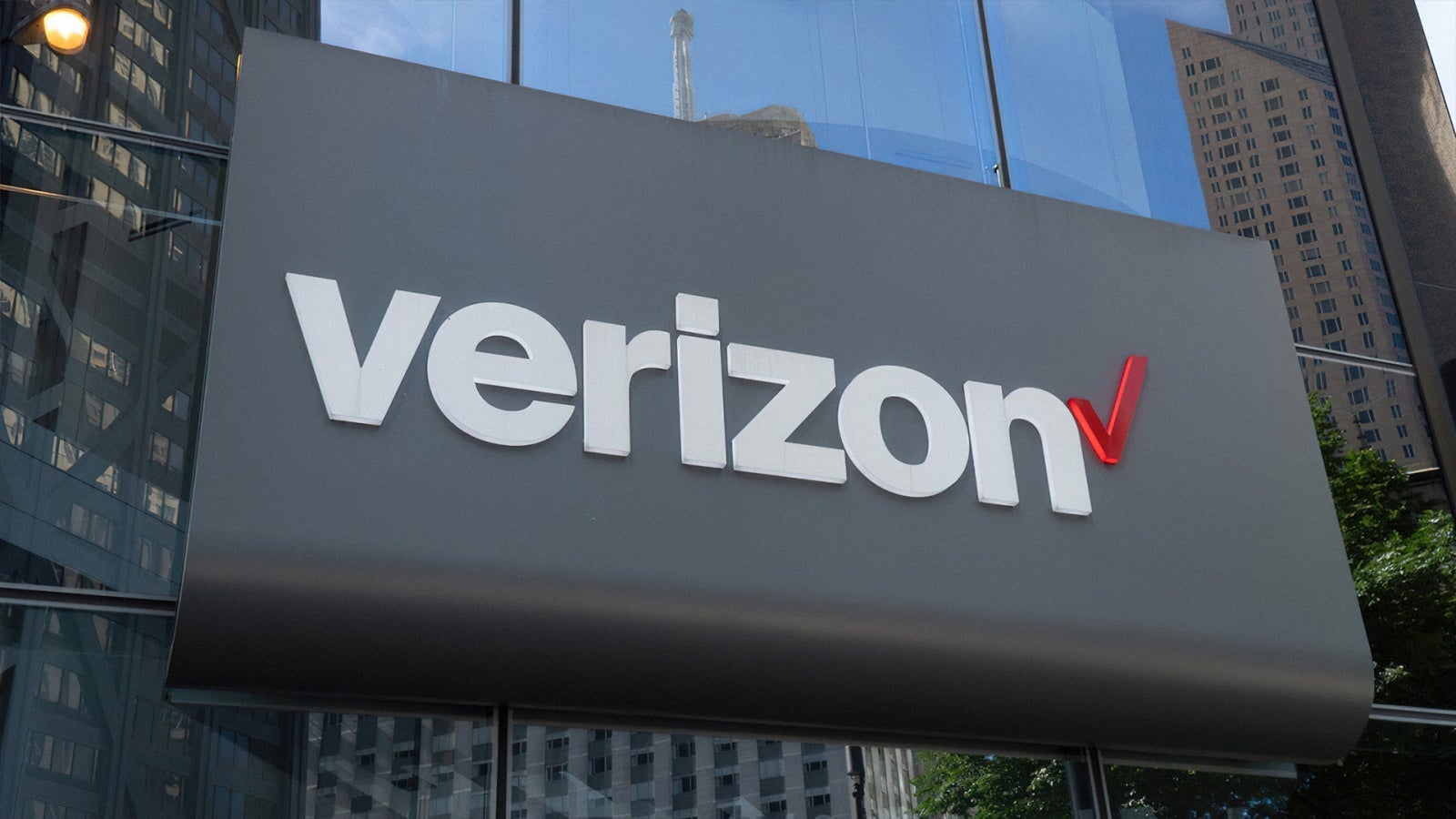Securing Critical Infrastructure – Lessons From Recent Cyber Attacks
As we move further into 2025, the cybersecurity landscape continues to evolve with alarming sophistication, particularly in attacks targeting critical infrastructure. The surge in cyberattacks on essential systems like energy grids, water facilities, and communication networks demands a paradigm shift in our security approach. Zero Trust frameworks, centered on the principle of “never trust, always […] The post Securing Critical Infrastructure – Lessons From Recent Cyber Attacks appeared first on Cyber Security News.
.webp?#)
As we move further into 2025, the cybersecurity landscape continues to evolve with alarming sophistication, particularly in attacks targeting critical infrastructure.
The surge in cyberattacks on essential systems like energy grids, water facilities, and communication networks demands a paradigm shift in our security approach.
Zero Trust frameworks, centered on the principle of “never trust, always verify,” have emerged as a robust defense strategy against these evolving threats.
For organizational leaders, implementing Identity and Access Management (IAM) within a Zero-Trust model isn’t just a technical decision—it’s a strategic imperative that protects vital assets while ensuring operational resilience in an increasingly hostile digital environment.
The Leadership Imperative in Cybersecurity Strategy
Effective cybersecurity begins at the leadership level, where executives must champion a proactive approach to identifying and addressing vulnerabilities across systems, processes, and networks.
In today’s complex threat landscape, traditional security models that inherently trust individuals and devices within corporate networks expose organizations to significant risk from external actors and insider threats.
Leaders must recognize that the escalating sophistication of attacks on critical infrastructure requires abandoning the outdated “trust but verify” approach.
Instead, adopting a zero-trust mindset means assuming networks have already been compromised and implementing strategies to minimize further risk.
By prioritizing continuous verification and strict access controls, leadership creates an environment where sensitive systems remain protected even when traditional perimeters fail.
This approach is particularly crucial for critical infrastructure, where compromises can have cascading effects across multiple sectors, disrupting essential services and potentially endangering public safety.
The integration of operational technology with information technology has created new attack surfaces that malicious actors eagerly exploit, making leadership’s role in driving security transformation more important than ever.
Implementing Zero Trust for Critical Infrastructure
The transition to a zero-trust model requires strategic planning and implementation, particularly for organizations managing critical infrastructure.
The traditional security perimeter has effectively dissolved with the proliferation of cloud services, remote work environments, and interconnected systems.
- Continuous Verification: Implement systems that constantly authenticate and authorize users and devices, regardless of their location inside or outside the network, moving away from one-time verification methods.
- Least Privilege Access: Strictly limit access rights for users to the minimum permissions necessary to perform their job functions, reducing the potential damage from compromised accounts.
- Microsegmentation: Divide networks into isolated zones to contain breaches and prevent lateral movement, particularly critical for operational technology environments in infrastructure sectors.
- Multifactor Authentication: Require multiple forms of verification before granting access to critical systems, adding layers of security beyond simple password protection.
- Comprehensive Monitoring: Implement continuous monitoring of all network traffic and system activities to detect anomalies that might indicate a breach in progress.
The implementation of these principles requires cross-functional collaboration between security teams, operations personnel, and executive leadership.
Zero-Trust isn’t merely a cybersecurity framework for critical infrastructure where disruptions can have real-world consequences; it’s a fundamental business continuity strategy.
Future-Proofing Infrastructure Against Evolving Threats
The landscape of threats against critical infrastructure continues to evolve rapidly, with attack sophistication increasing alongside geopolitical tensions.
As we’ve witnessed in recent years, attacks on water facilities, energy systems, and communications infrastructure can have devastating consequences that extend beyond digital disruption to potentially harm human safety.
Organizations must develop forward-looking strategies that anticipate tomorrow’s threats while addressing today’s vulnerabilities. This requires a dynamic approach to security that adapts to emerging attack vectors while maintaining operational efficiency.
Zero-trust identity and Access Management serve as the foundation of this approach, enabling organizations to maintain control even as infrastructure becomes more distributed and interconnected.
The increased reliance on cloud technologies, automated infrastructure, and software development has introduced new complexities, where what once was secure can silently evolve into an unsecured environment through Shadow Access, where resources are accessed unintentionally due to incorrectly permissioned accounts.
- Regular Assessment and Adaptation: Security frameworks must evolve through continuous assessment, gap analysis, and adaptation to emerging threats, particularly for critical infrastructure where legacy systems often coexist with modern technologies.
- Leadership-Driven Security Culture: Creating a culture where security consciousness permeates all levels of the organization requires consistent messaging and example-setting from leadership, turning cybersecurity from a technical concern into an organizational value.
By embracing Zero-Trust principles and implementing robust IAM practices, leadership can guide their organizations toward greater resilience against the increasingly sophisticated cyber threats targeting our most essential infrastructure.
The challenge isn’t merely technical it’s a leadership imperative that requires vision, commitment, and the courage to abandon traditional security models in favor of approaches better suited to today’s threat landscape.
Find this News Interesting! Follow us on Google News, LinkedIn, & X to Get Instant Updates!
The post Securing Critical Infrastructure – Lessons From Recent Cyber Attacks appeared first on Cyber Security News.
















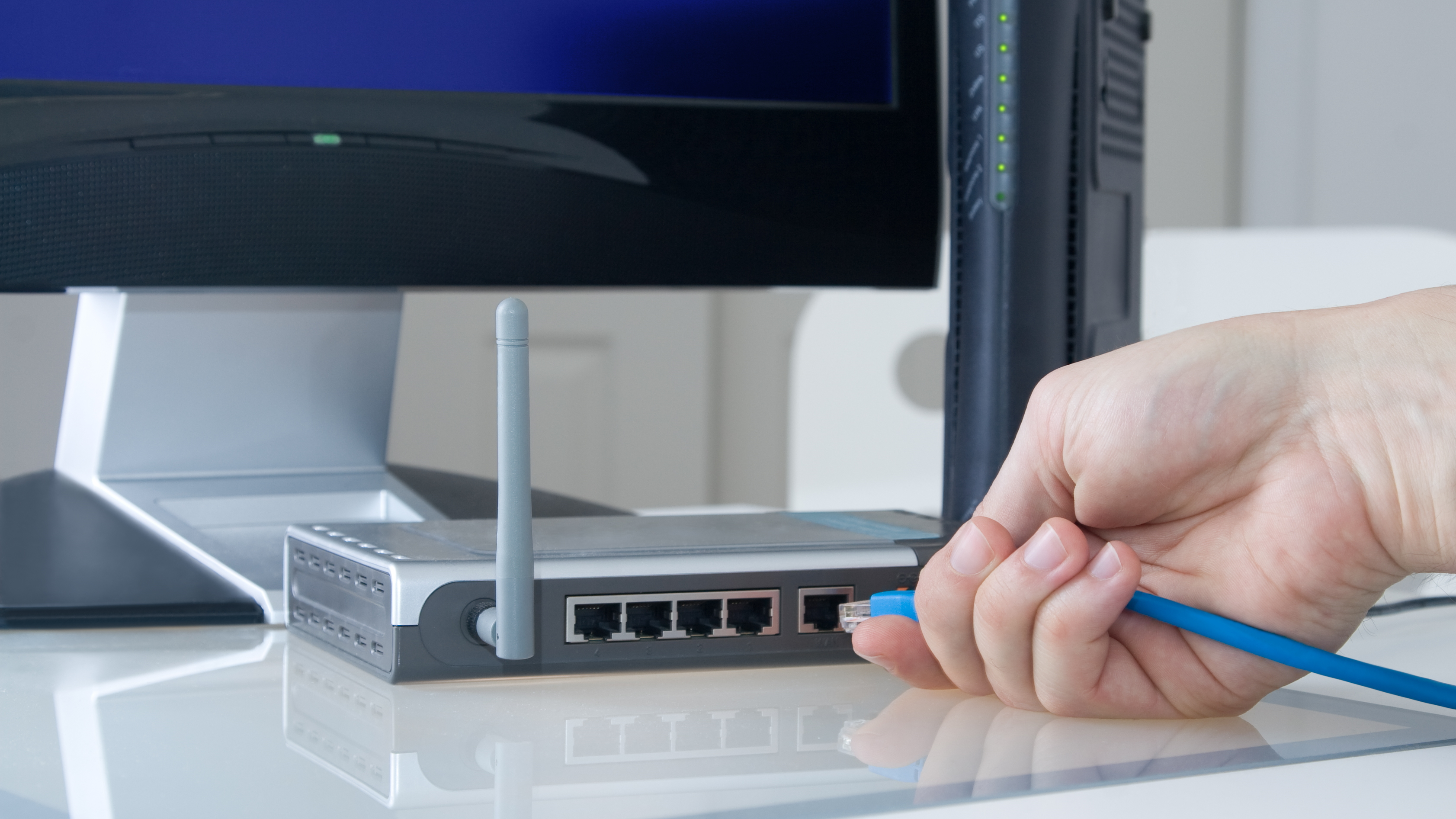
























































































































































![[The AI Show Episode 144]: ChatGPT’s New Memory, Shopify CEO’s Leaked “AI First” Memo, Google Cloud Next Releases, o3 and o4-mini Coming Soon & Llama 4’s Rocky Launch](https://www.marketingaiinstitute.com/hubfs/ep%20144%20cover.png)















































































































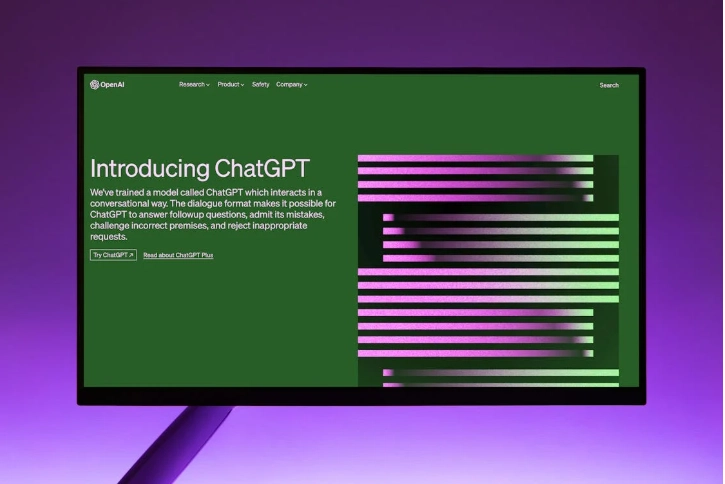


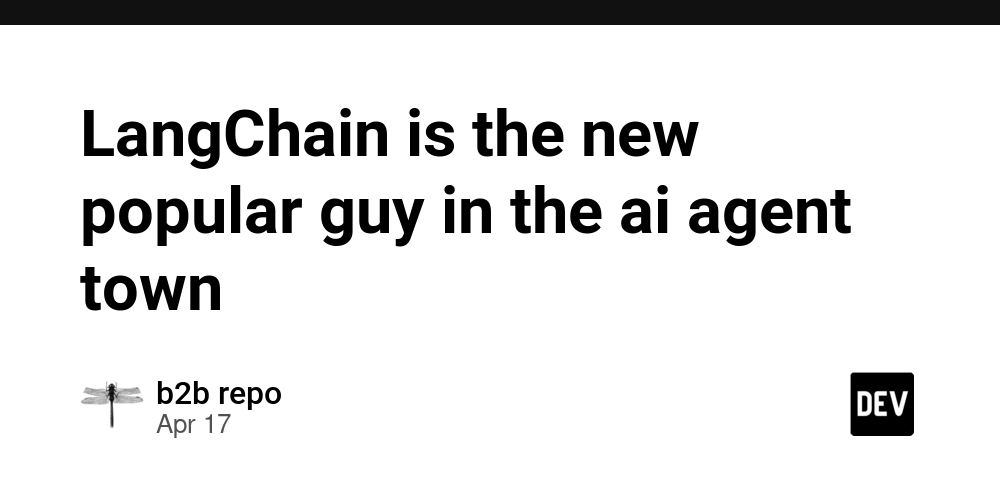



















































































![GrandChase tier list of the best characters available [April 2025]](https://media.pocketgamer.com/artwork/na-33057-1637756796/grandchase-ios-android-3rd-anniversary.jpg?#)


































































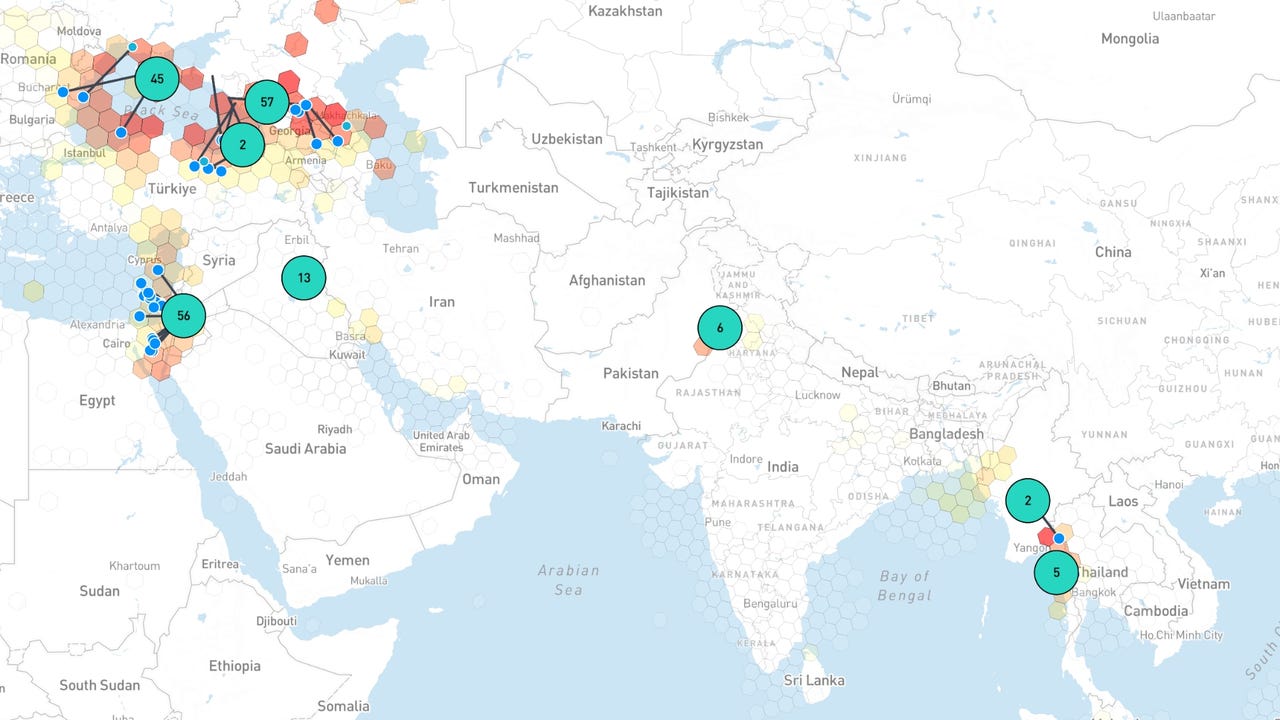













































































































![Apple M4 13-inch iPad Pro On Sale for $200 Off [Deal]](https://www.iclarified.com/images/news/97056/97056/97056-640.jpg)
![Apple Shares New 'Mac Does That' Ads for MacBook Pro [Video]](https://www.iclarified.com/images/news/97055/97055/97055-640.jpg)
















































